Can quantum theory explain consciousness?
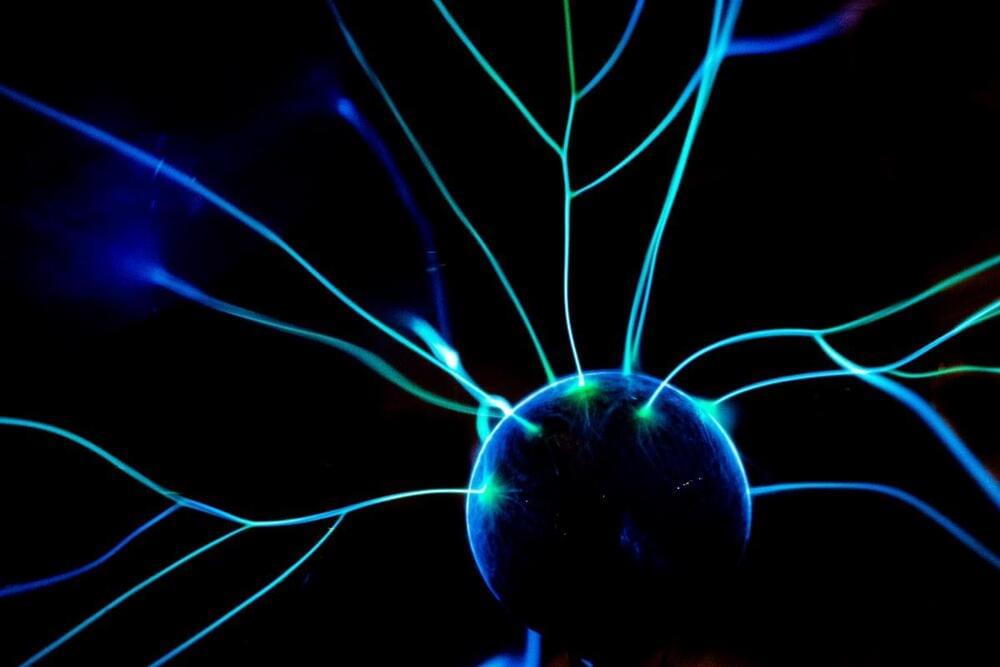

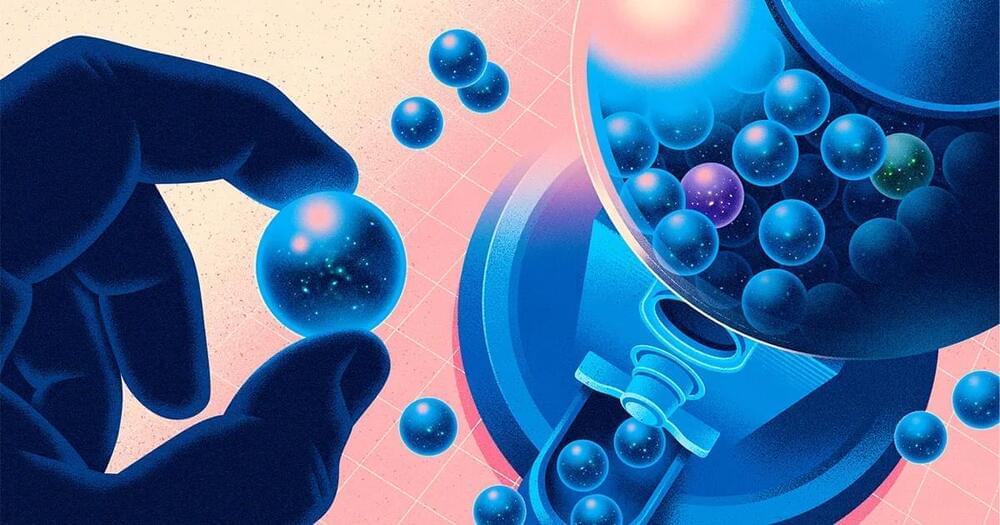
“It’s a novel contribution that uses different methods compared to what most people have been doing,” said Steffen Gielen, a cosmologist at the University of Sheffield in the United Kingdom.
The provocative conclusion rests on a mathematical trick involving switching to a clock that ticks with imaginary numbers. Using the imaginary clock, as Hawking did in the ’70s, Turok and Boyle could calculate a quantity, known as entropy, that appears to correspond to our universe. But the imaginary time trick is a roundabout way of calculating entropy, and without a more rigorous method, the meaning of the quantity remains hotly debated. While physicists puzzle over the correct interpretation of the entropy calculation, many view it as a new guidepost on the road to the fundamental, quantum nature of space and time.
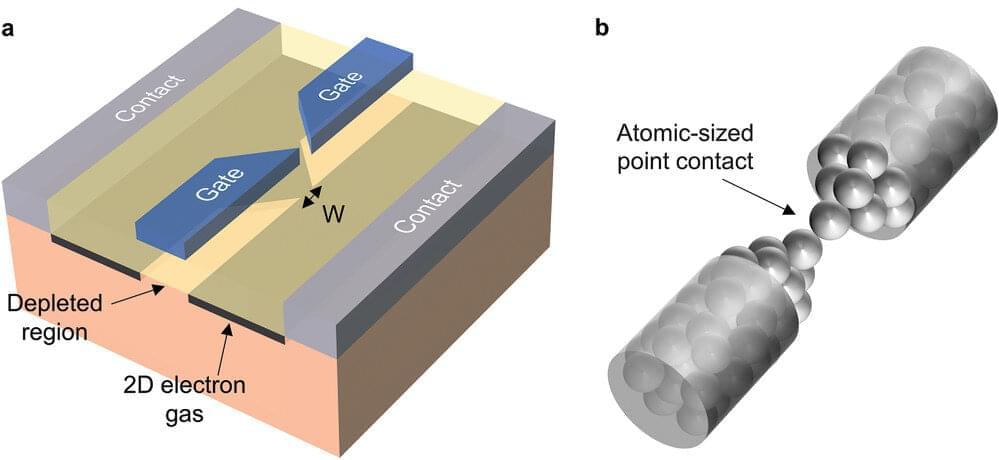
At the nanoscale, the laws of classical physics suddenly become inadequate to explain the behavior of matter. It is precisely at this juncture that quantum theory comes into play, effectively describing the physical phenomena characteristic of the atomic and subatomic world. Thanks to the different behavior of matter on these length and energy scales, it is possible to develop new materials, devices and technologies based on quantum effects, which could yield a real quantum revolution that promises to innovate areas such as cryptography, telecommunications and computation.
The physics of very small objects, already at the basis of many technologies that we use today, is intrinsically linked to the world of nanotechnologies, the branch of applied science dealing with the control of matter at the nanometer scale (a nanometer is one billionth of a meter). This control of matter at the nanoscale is at the basis of the development of new electronic devices.
Among these, memristors are considered promising devices for the realization of new computational architectures emulating functions of our brain, allowing the creation of increasingly efficient computation systems suitable for the development of the entire artificial intelligence sector, as recently shown by Istituto Nazionale di Ricerca Metrologica (INRiM) researchers in collaboration with several international universities and research institutes.

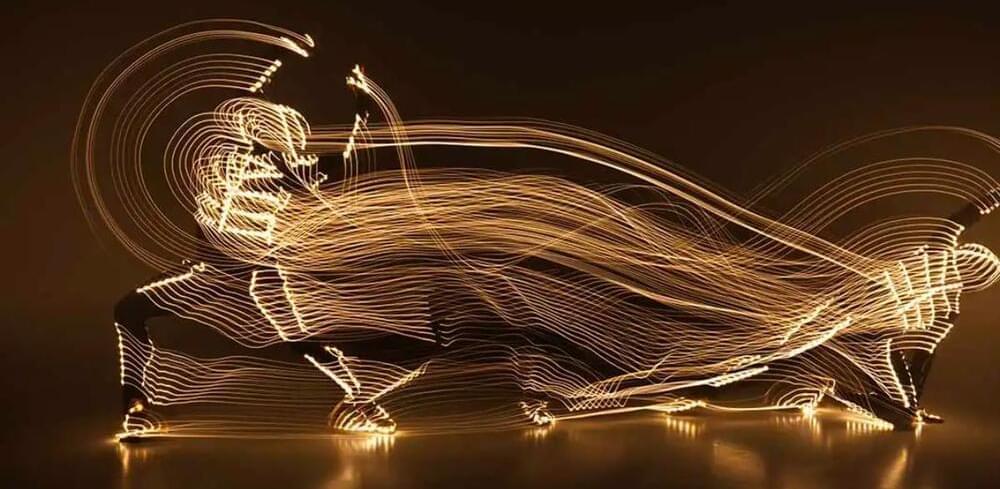
Theoretical physicist and author, Julian Barbour, talks to us about why time is an illusion and what this means for the quantum mechanics of the universe.
#time #quantum #physics #interview #iaitv.
** Subscribe to the Institute of Art and Ideas https://www.youtube.com/user/IAITV
** Listen to our weekly podcast: https://soundcloud.com/instituteofart… Donate to the Institute of Art and Ideas: https://iai.tv/support-the-iai/donate Julian Barbour is a theoretical physicist working on on foundational issues in physics for nearly fifty years, specializing in the study of time and motion. He is emeritus visiting professor in physics at the University of Oxford. He is the author of Absolute or Relative Motion?, The End of Time, and The Janus Point. Barbour’s work on time has forcused on the illusion of time. He argues, time as such does not exist but only change. He has shown how, alongside the relativity of motion, the notion of time as change can be built into the foundations of dynamics and looked at the consequences of this implication for the quantum mechanics of the universe. For more from Julian Barbour watch: Does Infinity Exist? | Julian Barbour, Laura Mersini-Houghton, Peter Cameron https://iai.tv/video/the-infinite-puzzle Time, Space and Being | Julian Barbour, Huw Price, Michela Massimi https://iai.tv/video/time-space-and-b… The Elegant Universe | Julian Barbour, Nancy Cartwright, Steve Fuller https://iai.tv/video/the-elegant-univ… DELVE DEEPER For debates and talks: https://iai.tv For articles: https://iai.tv/articles For courses: https://iai.tv/iai-academy/courses.
** Donate to the Institute of Art and Ideas: https://iai.tv/support-the-iai/donate.
Julian Barbour is a theoretical physicist working on on foundational issues in physics for nearly fifty years, specializing in the study of time and motion. He is emeritus visiting professor in physics at the University of Oxford. He is the author of Absolute or Relative Motion?, The End of Time, and The Janus Point. Barbour’s work on time has forcused on the illusion of time. He argues, time as such does not exist but only change. He has shown how, alongside the relativity of motion, the notion of time as change can be built into the foundations of dynamics and looked at the consequences of this implication for the quantum mechanics of the universe.
For more from Julian Barbour watch:
Does Infinity Exist? | Julian Barbour, Laura Mersini-Houghton, Peter Cameron.
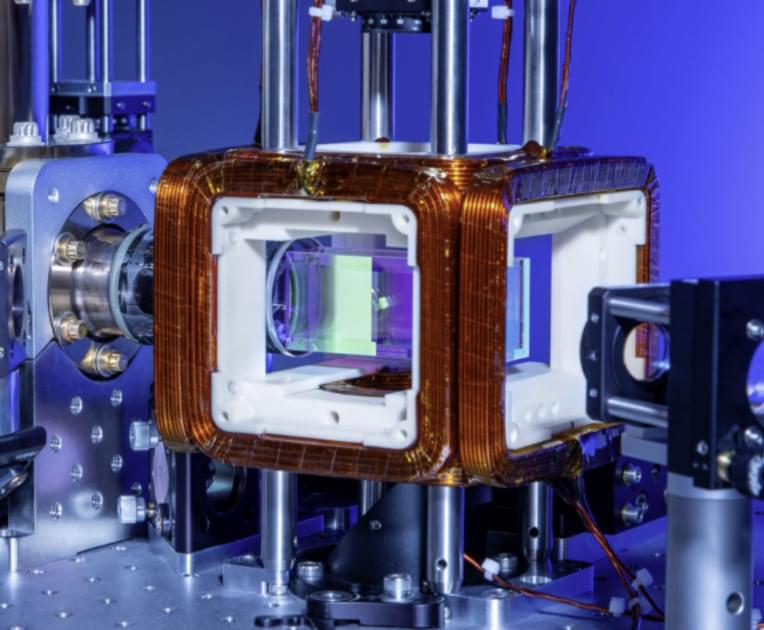
Quantum researchers require access to different types of quantum hardware from digital, also known as gate-based, quantum processing units (QPUs) to analog devices that are capable of addressing specific problems that are hard to solve using classical computers. Today, Amazon Braket, the quantum computing service from AWS, continues to deliver on its commitment to provide that choice by launching Aquila, pictured in Figure 1 below, a new neutral-atom QPU from QuEra Computing with up to 256 qubits. As a special purpose device designed for solving optimization problems and simulating quantum phenomena in nature, it enables researchers to explore a new analog paradigm of quantum computing.

Circa 2021 face_with_colon_three
In the cosmological context, space can get similarly stuck in a false vacuum state. A speck of false vacuum will occasionally relax into true vacuum (likely through a random quantum event), and this true vacuum will balloon outward as a swelling bubble, feasting on the false vacuum’s excess energy, in a process called false vacuum decay. It’s this process that may have started our cosmos with a bang. “A vacuum bubble could have been the first event in the history of our universe,” said Hiranya Peiris, a cosmologist at University College London.
But physicists struggle mightily to predict how vacuum bubbles behave. A bubble’s future depends on countless minute details that add up. Bubbles also change rapidly — their walls approach the speed of light as they fly outward — and feature quantum mechanical randomness and waviness. Different assumptions about these processes give conflicting predictions, with no way to tell which ones might resemble reality. It’s as though “you’ve taken a lot of things that are just very hard for physicists to deal with and mushed them all together and said, ‘Go ahead and figure out what’s going on,’” Braden said.
Since they can’t prod actual vacuum bubbles in the multiverse, physicists have sought digital and physical analogs of them.
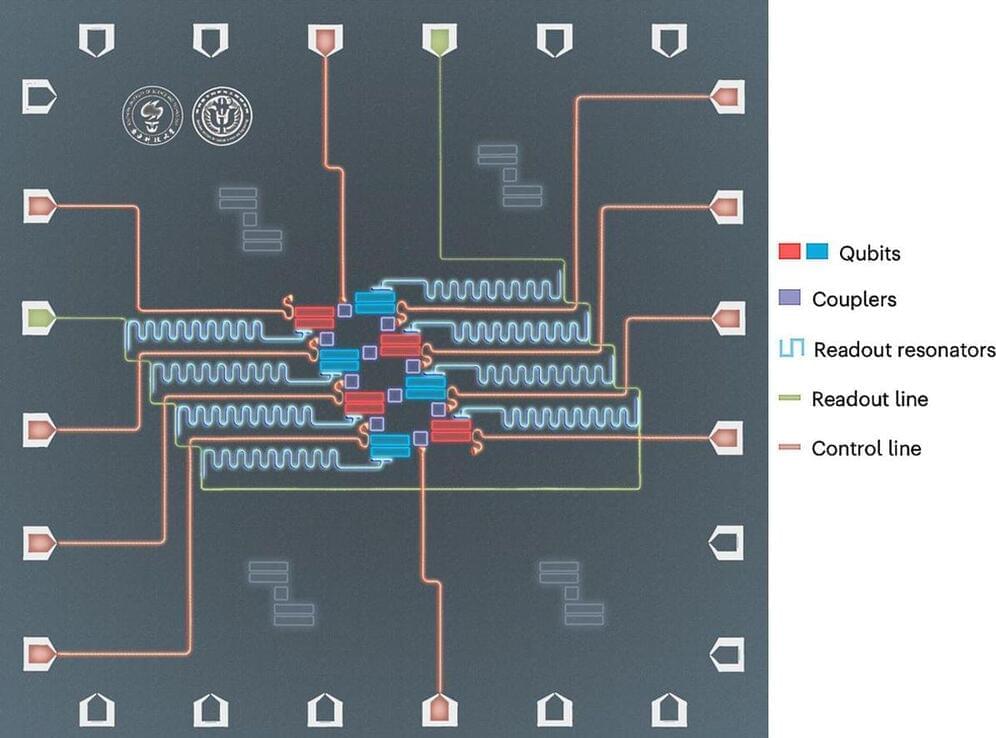
“We do not use any ancilla qubits,” Yan says. “Instead, we use ancilla states.”
In the new study, the scientists implemented quantum AND gates on a superconducting quantum processor with tunable-coupling architecture. Google also employs this architecture with its quantum computers, and IBM plans to start using it in 2023.
“We think that our scheme is well-suited for superconducting qubit systems where ancilla states are abundant and easy to access,” Yan says.

Error-prone qubits mean quantum systems do not yet surpass classical methods.
In a talk at the Massachusetts Institute of Technology in 1981, Richard Feynman spoke about ‘simulating physics with computers’. This was already being done at the time, but Feynman said he wanted to talk ‘about the possibility that there is to be an exact simulation, that the computer will do exactly the same as nature.’ But as nature is quantum-mechanical, he pointed out, what you need for that is a quantum computer.
The rest is history – but history still in the making. When I recently asked David Deutsch, the visionary physicist who in 1985 laid out what quantum computing might look like, whether he was surprised at how quickly the idea became a practical technology, he replied with characteristic terseness: ‘It hasn’t.’ You can see his point. Sure, in October President Joe Biden visited IBM’s new quantum data centre in Poughkeepsie, New York, to see an entire room filled with the company’s quantum computers. And on 9 November IBM announced its 433-quantum-bit (qubit) Osprey processor, although it seems only yesterday that we were getting excited at Google’s 53-qubit Sycamore chip – with which the Google team claimed in 2016 to demonstrate ‘quantum supremacy’, meaning that it could perform a calculation in a few days that would take the best classical computer many millennia.1 This claim has since been disputed.